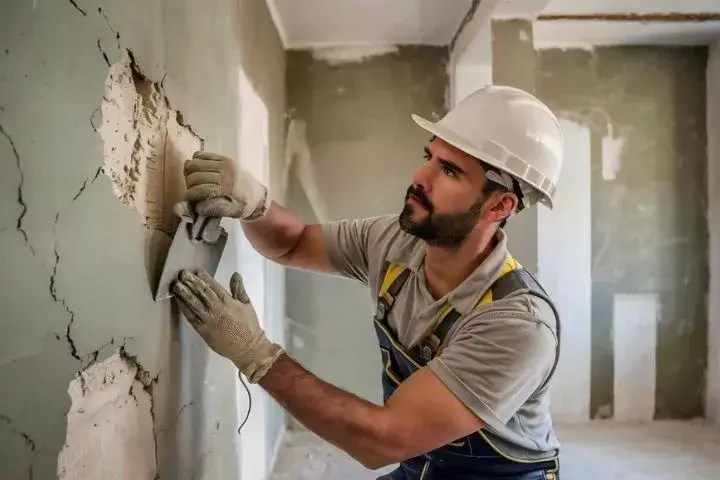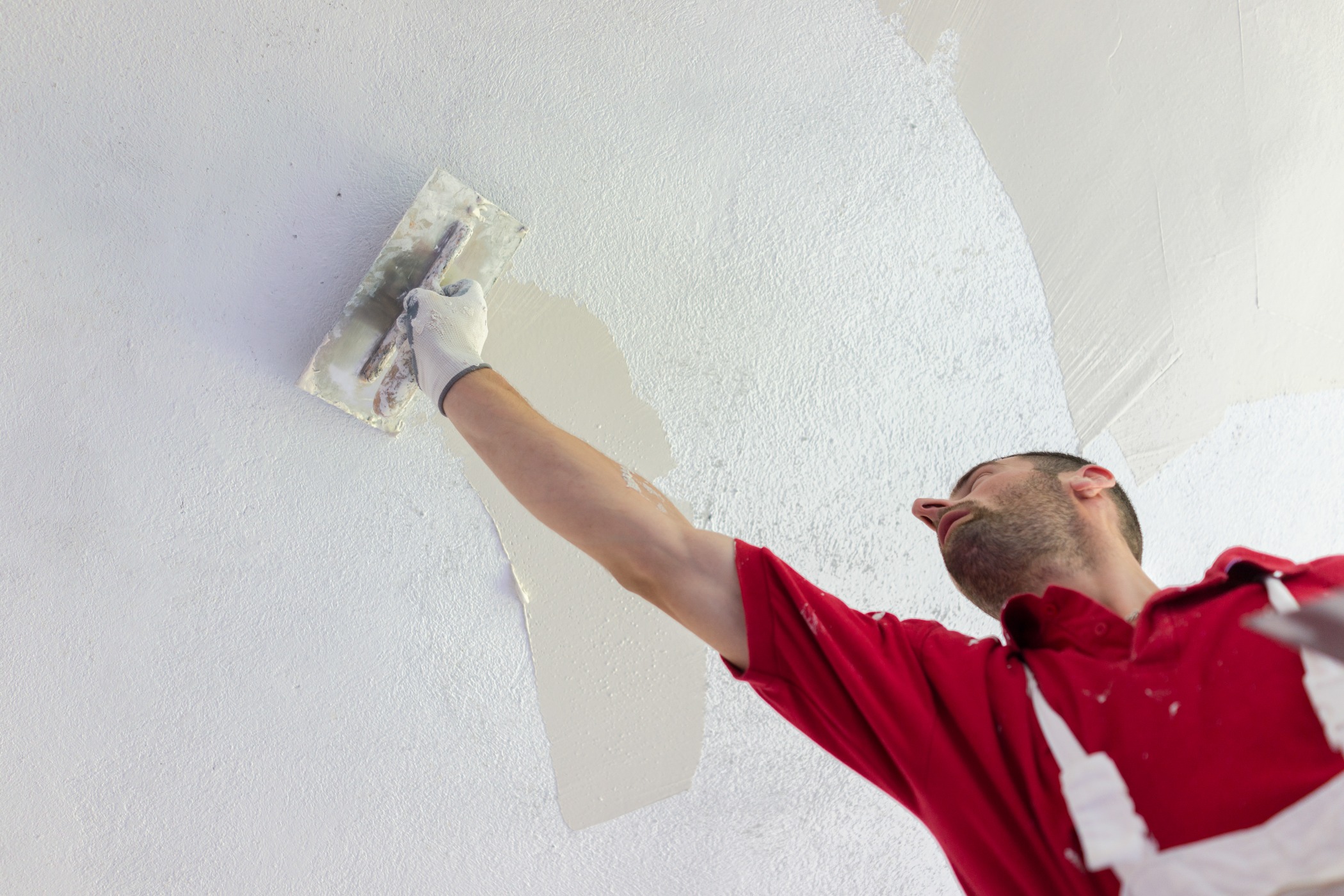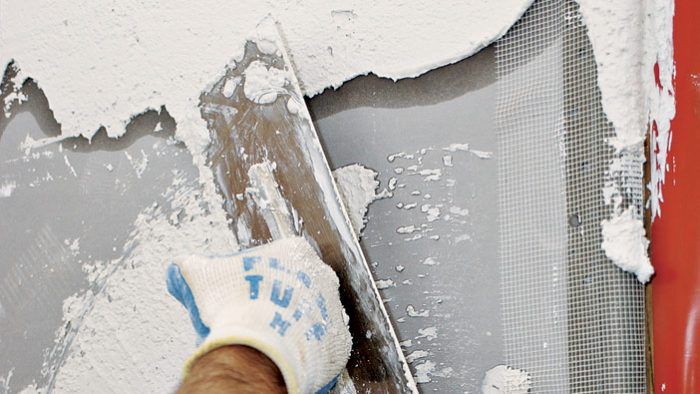Attractive Plastering: Add Unique Touches to Your Home's Interior
Attractive Plastering: Add Unique Touches to Your Home's Interior
Blog Article
Comprehending the Vital Strategies of Plastering for Home Enhancement Projects
In the realm of home renovation, mastering the important methods of gluing can considerably boost both the functionality and aesthetic appeal of a space. Numerous approaches exist, each customized to details applications, whether for restoring historic stability or modernizing insides. The plastering procedure incorporates critical points, from precise surface area prep work to the specific application of products. Comprehending these foundational components is essential, yet numerous home owners overlook usual pitfalls that can threaten their efforts. As we explore these methods better, the nuances of achieving a remarkable coating will come to be significantly evident.
Kinds Of Plastering Methods
Although different smudging strategies exist, each offers an unique objective and supplies distinctive visual qualities. One of one of the most typical methods is typical lime plastering, which is understood for its breathability and adaptability. This technique is specifically useful for older frameworks, enabling moisture to run away while keeping structural stability.
One more commonly utilized strategy is plaster plastering, which includes the application of a quick-setting compound. It provides a smooth surface and is ideal for indoor walls and ceilings, making it a popular option in modern building and construction. For a more textured appearance, trowel-on plastering strategies such as stucco and Venetian plaster are frequently employed. Stucco, frequently utilized in exteriors, supplies durability and climate resistance, while Venetian plaster is renowned for its luxurious, sleek coating.
Additionally, there are more specialized strategies, such as skimming, which is a process that entails using a thin layer of plaster over existing surface areas to produce a smooth surface. Each of these strategies can dramatically affect the general aesthetic and performance of a room, making it vital to choose the ideal approach based on the particular requirements of a task.

Tools and Products Needed

Vital tools and materials are essential for effective plastering, ensuring both effectiveness and high quality in the application process. A thorough plastering toolkit typically includes a hawk, trowels, and a float. The hawk acts as a system to hold the plaster, while the trowels, offered in different sizes, are essential for application and smoothing. A float, often made from rubber or sponge, is made use of to attain an uniform surface.

Protective gear can not be overlooked; safety and security masks, goggles, and gloves are essential to protect versus dirt and particles. Lastly, a tough ladder might be needed for reaching greater locations, making sure safety while operating at elevation. Buying high-quality tools and materials eventually contributes to a much more effective gluing job, yielding a long lasting and visually pleasing coating. Effectively outfitted, you prepared for efficient gluing and home renovation.
Step-by-Step Plastering Refine
With the right tools and materials in hand, the following stage includes executing the plastering procedure with accuracy. Begin by preparing the surface area to guarantee optimal attachment. Remove any kind of loose particles, dust, or old plaster, and use a bonding representative if required.
When the surface is prepped, mix the plaster according to the supplier's directions, achieving a smooth, lump-free uniformity. Utilizing a trowel, use the first coat, known as the scratch layer, to a thickness of about 5-10 mm. Guarantee consistent protection, and make use of a comb or scratcher to produce grooves for much better bond of succeeding layers.
After permitting the scratch layer to set partly, apply the 2nd layer, or the brown coat, smoothing it out for an even finish. Enable this layer to dry, normally for 24-48 hours, relying on the conditions. Ultimately, apply the completing coat, which ought to be thinner and smoother. Plume the edges to blend right into the bordering surface, accomplishing a smooth look.
Once the plaster has dried out thoroughly, it can be sanded gently to get rid of blemishes. Follow up with a primer before painting for a refined final look.
Common Blunders to Avoid
Falling short to recognize usual blunders can dramatically impact the top quality of your plastering task. Neglecting to fix any underlying issues, such as wetness or structural damage, can endanger the plaster's honesty.

Timing is additionally essential; lots of unskilled plasterers hurry the application. Permitting the initial layer to completely dry totally before applying subsequent layers is essential to protect against too much fracturing and shrinkage.
In enhancement, not utilizing the right devices can hinder the ending up procedure. Utilizing trowels that are little or also huge can impact your control and the level of smoothness of the surface.
Tips for Finishing Touches
Accomplishing a flawless finish in plastering requires focus to information next page and a couple of strategic strategies. When the first application has dried out, start the completing process by using a damp sponge or trowel to ravel any type of blemishes. This action not just boosts the surface area but likewise aids to remove any kind of excess plaster that might have dried unevenly.
Following, take into consideration making use of a fine-grit sanding block or pole sander for a much more polished look. Fining sand must be done delicately to prevent harming the underlying layer - Plastering. Always wear a mask to safeguard versus dust inhalation
After sanding, examine the surface under different lighting conditions to identify any type of missed go to this web-site places or incongruities. Use a slim layer of completing plaster if needed, feathering out the sides to mix effortlessly with the surrounding area.
Verdict
Finally, grasping vital plastering methods substantially improves the high quality of home improvement projects. Comprehending the numerous types of plastering approaches, using appropriate devices and materials, and sticking to a methodical application process contribute to accomplishing a sturdy and smooth coating. By avoiding typical blunders and executing finishing touches properly, the total aesthetic allure and functionality of renovated areas are assured. These methods inevitably cause effective and gratifying home improvement end results.
In the realm of home improvement, grasping the important methods of plastering can considerably boost both the capability and aesthetic charm of an area.Although different gluing methods exist, each offers an unique purpose and provides unique visual top qualities. Plastering. For an extra textured appearance, trowel-on plastering strategies such as stucco and Venetian plaster are usually used. Stucco, generally used in exteriors, offers sturdiness and climate resistance, while Venetian click for more plaster is renowned for its lavish, sleek surface
Commonly made use of plaster types consist of gypsum plaster, lime plaster, and cement-based plaster, each serving different purposes and environments.
Report this page